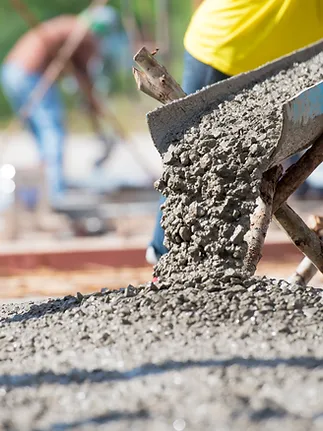It is essential to provide each type of screed with the proper curing and drying conditions to guarantee that the screeds get the necessary strength and dry completely within the allotted time.
Protection for Screeds
The simplest precaution a screeder may take to lessen the possibility of direct impact-related screed failure is to temporarily cover the screed. As crucial as establishing ideal curing and drying conditions is shielding screeds from direct traffic and impact until they fully cure and gain sufficient strength.
Impact of Direct Traffic on Screeds
The performance of the entire screeded area may be negatively impacted by prolonged damage, even though direct traffic and impact on screeds that have not fully dried and acquired enough resistance to impact often produce localised damage.
Timing for Foot Traffic
For flowing cement screeds in Bristol, light foot traffic can often start as early as 24 to 48 hours, and even earlier for fast-drying and free-flowing anhydrite formulations. It’s crucial to remember that, under typical circumstances, many screeds—including those with quick drying times—will attain their ultimate strength in 28 days.
The Curing Process
Curing is the process of keeping the proper moisture content for around seven days, which is how long it takes for freshly installed standard floor screeds to set and start gaining their intended strength. Polyethylene sheets are placed on top of freshly constructed screeds to stop excessive moisture evaporation, which might lead to cracking and a weak structure. To allow for enough ventilation and to allow the screed to cure, the sheets must be opened after seven days.
Benefits of Concrete Sealing
The screed can be put directly onto a damp-proof membrane or it can be glued to a concrete basis. When used for underfloor heating installations requiring cast-in pipes, it performs admirably. Although the screed is robust, it may be strengthened even further by adding polypropylene fibres or metal mesh. In some mixtures, flowing cement screeds in Bristol can be utilised as the ultimate finished surface, or it can be smoothed and used to install the last flooring layer.
Numerous items made of sand and flowing cement screeds in Bristol may be supplied to the job site ready to use, offering high-quality and reliable screeds for use in building projects. Certain screeds are ideal for creating level surfaces because they can be pumped and flow freely.


